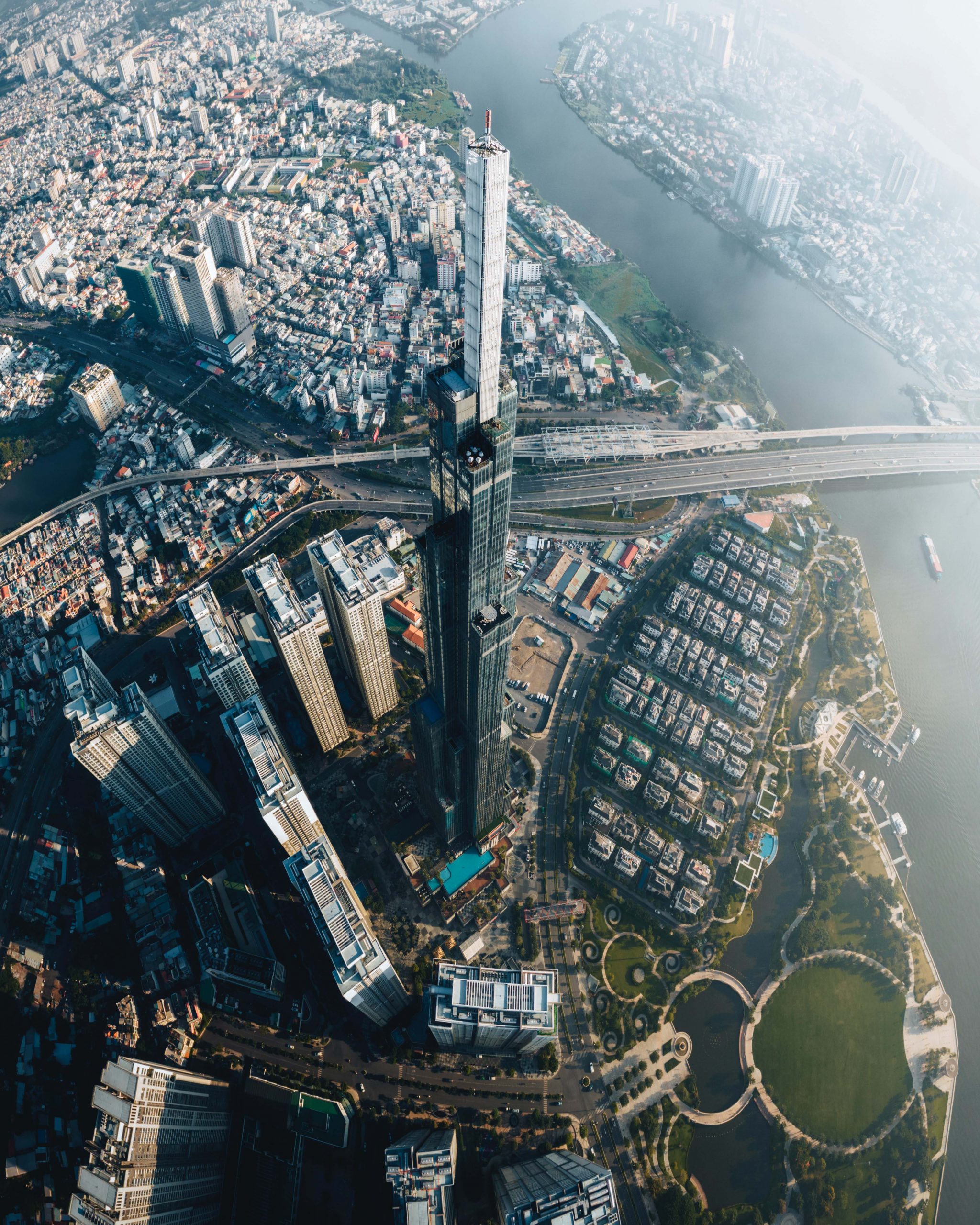Business nowadays no longer be limited to the national scale but integrates and develops widely throughout the world. Following that development is the birth of a series of multinational companies and international economic-investment groups worldwide. Therefore, in addition to investing and operating the businesses well, they have been paying attention to the protection of their intellectual property rights in the invested countries, including the protection of their brand and trademark. Normally, there will be two main ways to register a trademark in another country: (i) the direct route of registration under the national formality and (ii) the International route of registration under the Madrid system. The following is to provide some necessary knowledge on the international registration of trademarks under the Madrid system.
1. International Trademark Registration under the Madrid system
International registration of a trademark, more commonly known as “International Registration“, is the registration of a trademark owner/trademark applicant in a country member of the Madrid Agreement/Madrid Protocol (Office of Origin) to register the trademark protection through the Madrid system in one or other Contracting Parties of the Madrid Agreement/Protocol Madrid.
2. Why should apply for an International Trademark Registration
One of the general principles in the protection of trademarks in countries around the world is the Territorial Principle (except for some exceptions such as the Benelux trademark, the European-commonwealth Trademark, etc.,). Accordingly, a trademark registered for protection in a country is only valid for protection in that country and under the scope of the domestic laws of that country. Therefore, many countries worldwide had jointly established the Madrid Agreement/Madrid Protocol to help trademark owners register their trademark protection in many other countries through the Madrid system without driving a direct route of registration in those designated countries.
International Registration through the Madrid system helps the trademark applicant save money and effort, and does not require the applicant to hire a representative in the designated country to be able to register for trademark protection. Specifically, the contracting parties of the Madrid system agreed to apply one standard procedure for registering trademark protection under the Common Regulations. Accordingly, the trademark applicant is not required to have knowledge of the procedures for registering trademark of each designated country. Instead, the applicant only needs to apply the standard procedure specified in the Common Regulations of WIPO so that the applicant can complete the International Application and fill in other contracting parties. Below are some of the benefits of International Registration:
a. Registering the trademark in multiple territories at once within a straightforward procedure
Currently, the Madrid Protocol alone has 112 members, including 128 countries and territories, representing more than 80% of world trade. Accordingly, the applicants can register their trademark in many countries just with a single language (either English, French or Spanish) and pay only a single fee to the International Bureau without wasting money and effort to learn each country’s regulations and procedures or hiring a translator or representative to carry out the procedures in that designated country.
b. Priority Claims
In case the basic application for International Registration is the earliest registration application for trademark protection (earliest filling), the applicant is entitled to enjoy the priority in registration for trademark protection for the next six months in other countries which are members of the Paris Convention. Conversely, the International Bureau will disregard any claimed priority date that is more than six months earlier than the date of the International Registration.
c. Quick expansion of the geographical scope of the registration of trademark protection (subsequent designation)
If the trademark has been registered through the Madrid system, the holder of an International Registration can continue to extend the geographical scope of the International Registration to specific territories at any time by filling a subsequent designation through the WIPO online system.
d. A straightforward extension of the effective period of Trademark protection
Unlike the direct route of trademark registration under the national formality, the International Registration under the Madrid system has only one expiration date that is universally applicable to all designated countries. Accordingly, the holder of the International Registration can renew the International Registration for all or a number of designated countries in a uniform and convenient manner just by paying the renewal fee.
3. Forms of International Trademark Registration under the Madrid system
Previously, the Madrid system consisted of two forms of International Registration, which are: the International Registration under the Madrid Agreement and the International Registration under the Madrid Protocol. However, since the entering into force of the Madrid Protocol in Algeri on October 31, 2015, all members of the Madrid Agreement have been members of the Madrid Protocol. According to Article 9.6th of the Madrid Agreement (as amended in 2007), if the Office of Origin of the holder of an international application is a party to both the Madrid Agreement and the Madrid Protocol to which the designated countries ( where the application holder designates for registration of trademark protection) is also a party to both the Madrid Agreement and the Madrid Protocol, the Madrid Protocol shall prevail. On the other hand, if the designated country or the Office of origin is a party to the Madrid Protocol alone, then only the Madrid Protocol applies.
In other words, in all cases, International Application will be filled under the Madrid Protocol from October 31, 2015. This was also confirmed and decided by the Assembly to “freeze” the accession application in Articles 14.1 and 14.2 of the Madrid Agreement on 11 October 2016. Specifically, the freeze has the following effects:
- new members cannot ratify or accede to the Agreement alone, but can ratify or accede simultaneously to the Agreement and to the Protocol;
- countries that are members of the Protocol can accede to the Agreement;
- International Applications can no longer be filed under the Agreement;
- no operations under the Agreement will be conducted, including the presentation of subsequent designations.
Thus, the form of International Registration under the Madrid system is now only operated under the Madrid Protocol.
4. Dossiers and procedures for International Registration
Normally, the International Registration based on the basic application from the Office of Origin of Vietnam consists of the following five stages:
a. Clearance search and preparation:
Similar to the direct route of trademark registration under the national formality, the clearance search of the trademark should also be of concern and conducted carefully to avoid wasting time, effort and money of the application holder. The applicant can execute the clearance search by itself via the WIPO’s online database by following the link: https://www3.wipo.int/madrid/monitor/en/ or hiring the IP services of a law firm/Industrial Property Representative in designated countries to conduct the in-depth clearance search. Based on the result of the clearance research, the application holders can make decisions that are suitable and economical for their budget and business plan.
After the clearance search and having an appropriate decision, the application holder prepares the following documents:
(i) An application form for international registration in line with the guidance of the National Office of Intellectual Property of Vietnam;
(ii) An International Application in line with the standard form published by the International Bureau – Form MM2;
(iii) A copy of the application form for national registration of the trademark;
(iv) Samples of the trademark;
(v) Authorization letter/the Power of Attorney for law firm/industrial property representative to perform international trademark registration services (if any);
(vi) Other documents on a case-by-case basis, such as the Declaration of the Intention to use the mark in the designated country where protection is requested (e.g., the United Kingdom, the U.S., Singapore, etc.)
b. Submitting the International Application to the National Office of Intellectual Property of Vietnam (NOIP) and paying the Registration Fee:
Currently, there exists some misunderstanding about the International Registration under the Madrid system and the role of the International Bureau. In particular, there are some misconceptions that the international application and registration procedures will be examined, conducted and granted by the International Bureau; However, the International Bureau only acts as an intermediary to receive, record the International Registration in the International Register and deliver the International Application to designated countries/territories. Also, the International Bureau will not directly receive the International Application from the applicant, but only receive it through the Office of Origin (the NOIP of Vietnam) where the applicant submits the application for international registration.
Below are some Registration Fees associated with the International Registration process:
(i) Registration Fees to be directly paid to the National Office of Intellectual Property of Vietnam: In addition to other registration fees to be paid to the International Bureau as listed below, the applicant must also pay the fee, for carrying out the procedure for International Registration of the trademark originating in Vietnam, directly to the National Office of Intellectual Property of Vietnam of 2,000,000 VND.
(ii) Registration Fees to be directly paid to the International Bureau: Currently, the applicant can access the link for calculating the registration fees published by WIPO: https://madrid.wipo.int/feecalcapp/home.xhtml. Below are main information related to the registration fees:
- Payment currency: CHF (Swiss francs);
- Color fees: Trademark with only white and black: 653 CHF; Trademark with other colors: 903 CHF;
- Complementary Fee: 100 CHF/ a country;
- Registration Fee: Depending on the regulations of each country and the number of classes registered for trademark protection;
- Payment method: Via the WIPO Account and wire transfer. Do not pay by cash or check.
c. Formality Examination:
After receiving the International Application from the National Office of Intellectual Property of Vietnam, the International Bureau will examine that the International Application complies with all formality requirements (for example, complete information about the information. contact information, countries designated as members of the Madrid system, image quality Brand samples, payment of fees, etc.).
If the International Bureau finds that the International Application does not fully meet the formality requirements, the International Bureau will send an “irregularity notice” to the applicant and the National Office of Intellectual Property of the applicant, in which the notice explains how to correct the issue within a given time limit (typically three months).
After correcting the formality problems, the International Bureau will record the applicant’s trademark in the International Register and publish it in the WIPO Trademark Gazette of International Marks.
d. Substantive Examination:
As mentioned above, the International Bureau will not conduct the substantive examination and also does not have the power to grant trademark protection to the applicant. Only the national offices of intellectual property of designated countries by the applicant are competent to grant trademark protection to the applicant in those countries.
Accordingly, the National Office of Intellectual Property in the designated country will carry out the substantive examination of the trademark within a time limit not exceeding 12-18 months.
Result: After the time limit for the substantive examination, if the National Office of Intellectual Property of designated countries does not notify the result or refusal of the trademark protection, it is deemed that the International Registration is registered successfully in those designated countries. The designated countries are not required to provide the applicant with a Trademark Protection Certificate/Title. Also, the trademark protection of the International Registration shall be subject to the domestic laws of those countries.
This article is aimed to give readers several basic information related to International Registration under the Madrid system. In case of any questions, please feel free to contact Apolat Legal via ip@apolatlegal.com for detailed answers.
Read more about international trademark registration:
- Registering trademark in South East Asia (Part 1)
- Registering trademark in Southeast Asia – some key points to take note (part 2)





































